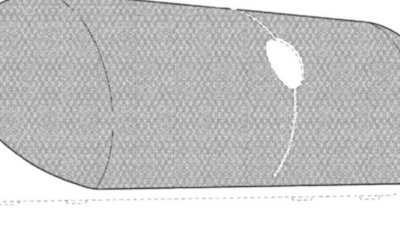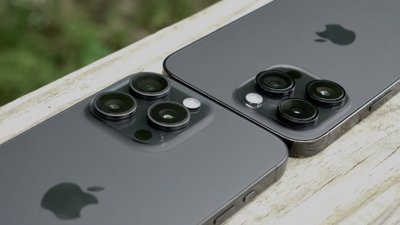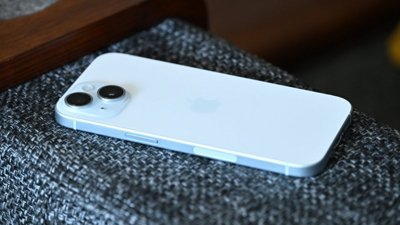Apple rumored to adopt NVIDIA's Ion platform
Writing for Tom's Hardware, Tuan Nguyen said that Apple was among the earliest recipients of NVIDIA's Ion samples, reporting that the company "received prototype units long before Nvidia partners who opted to work on Ion." The article's headline calls the move to Ion in the Mac mini "confirmed," but earlier reports from trusted sources seem to conflict with this notion.
Ion and Atom
NVIDIA's new Ion platform uses the same 9400M system controller used in the MacBook and MacBook Pro, which takes the place of both the Northbridge and Southbridge controller chips used in earlier Intel Macs (such as those using Intel's Santa Rosa platform), as well as handling integrated graphics processing.
NVIDIA's GPU experience gives the all-in-one controller significantly better graphics performance than Intel's GMA-series of integrated graphics chips that Apple had been using, and the 9400M even stacks up fairly well against the performance of decent discrete GPU processors.
However, Intel's Atom processor is designed to be a low cost, energy efficient x86-compatible GPU intended to compete against embedded processors such as ARM. Moving the Mac mini from its existing Core 2 Duo CPU to an Atom processor would appear to result in a drastic reduction in performance.
Ion uses the new dual-core Atom 330, which runs at 1.6 GHz and uses a 533MHz front side bus for RAM. The current Mac mini uses a 64-bit Core 2 Duo running at 1.83 or 2 GHz, and 667 MHz RAM. The Atom processor line (which includes the chip originally referred to as Silverthorne) has advanced rapidly as Intel works to take on the low power market now dominated by ARM licensees, but is no match for Intel's mainstream, full power desktop processors.
OpenCL to the rescue?
The trade off to a slower CPU might be possible were Apple able to pass more of the Mac mini's processing load to the relatively fast GPU, using the company's brand new OpenCL technology. Moving to Ion would give Apple the potential to deliver a cheaper mini, with NVIDIA throwing around numbers closer to $400 for simple Ion-based "desktop netbook" computer.
However, OpenCL is part of the still unreleased Mac OS X Snow Leopard 10.6. While it should be able to dramatically accelerate some functions that work well on a GPU, such as HD video processing, it can't magically shift the majority of system overhead to the GPU. An Ion-based Mac mini would likely be a huge downgrade from the current model in basic GPU performance, which might not fly with Apple's customers even at a significantly lower price.
Additionally, other evidence suggests that the next Mac mini will not go the route of the netbook. Last month, AppleInsider reported on internal references to new Mac mini and iMac models using the same NVIDIA MCP79 platform found in the last year's series of unibody notebooks. That would indicate an NVIDIA 9400M GPU paired with an Intel Core 2 Duo CPU.
Other reliable sources have also said that the Mac mini refresh is intended to occur earlier than the March date cited in the Ion report. Additionally, rather than being a stripped down mini-computer, other sources have maintained that the next Mac mini will be as full featured as the existing model, with dual display connectors, FW800, and an additional fifth USB 2.0 port.
Apple TV to go Ion?
It's still possible Apple will be using the Ion platform elsewhere, and a prime candidate could well be Apple TV. It currently uses a low power, 1 GHz Intel Pentium Crofton CPU, so moving to the new dual core Atom 330 and a better GPU would be an upgrade.
Apple still isn't making any money on Apple TV, with tear down reports suggesting that it sells the existing unit nearly at its materials cost. The power of the NVIDIA 9400M GPU would mean the unit no longer needs its standalone NVIDIA GeForce Go 7300 GPU, but could still decode HD video.
It's also possible that Apple is targeting a new low cost, low power computer at emerging markets, and planning to leave the Apple TV and Mac mini with more evolutionary, incremental updates.
 Prince McLean
Prince McLean

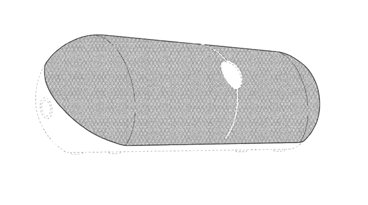








 William Gallagher
William Gallagher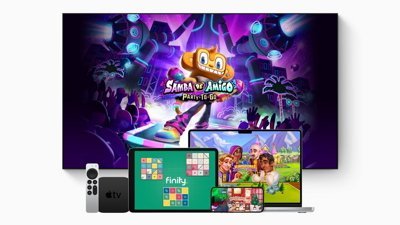
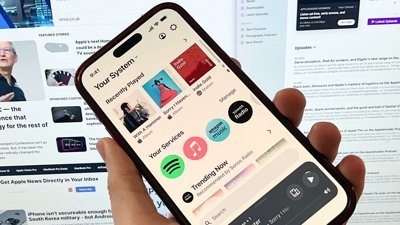
 Malcolm Owen
Malcolm Owen
 Mike Wuerthele
Mike Wuerthele